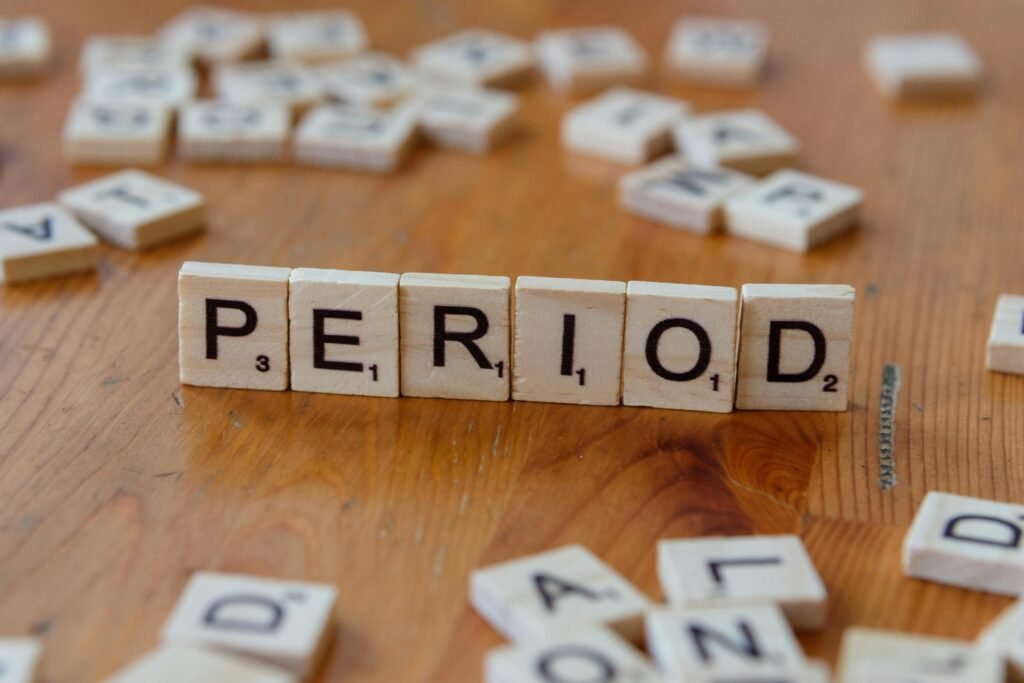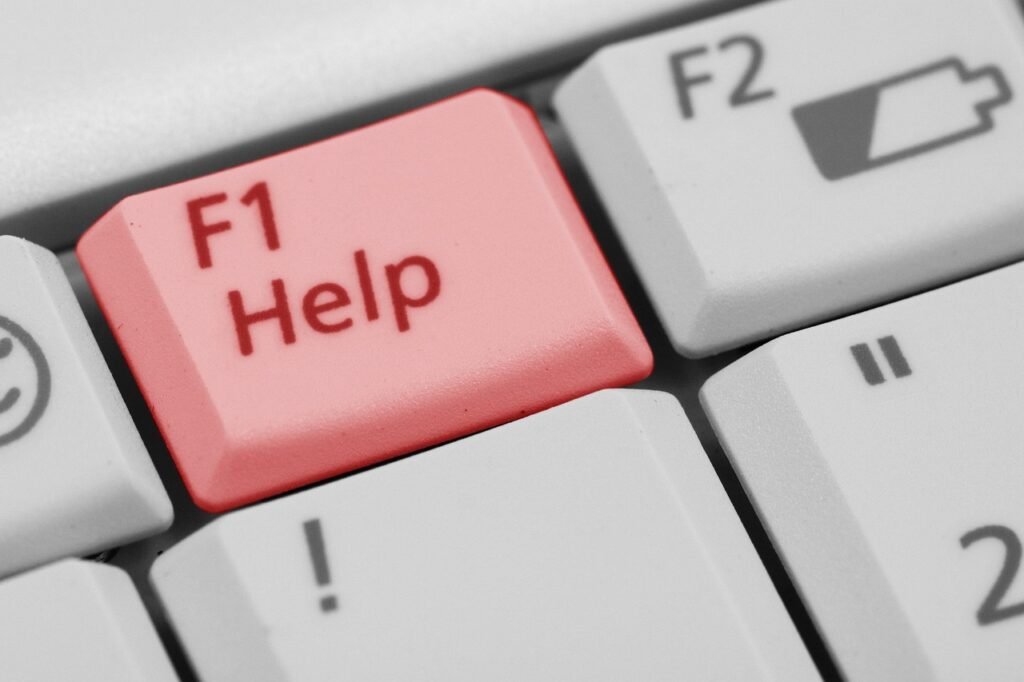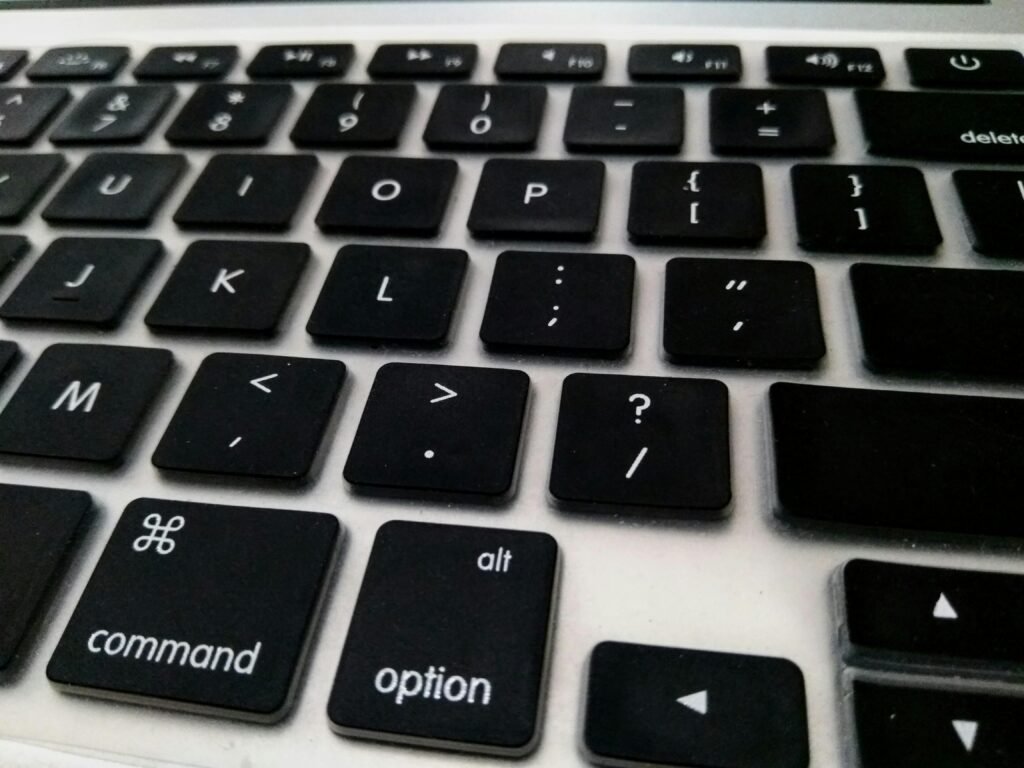
Introduction to Punctuation and Time
Welcome, dear reader, to a journey where punctuation possesses the power to alter the very essence of time in storytelling.
Imagine, if you will, a maestro conducting an orchestra.
With each flick of the baton, the tempo shifts, evoking a cascade of emotions from the audience.
In writing, punctuation serves as that baton, skillfully directing the pace and rhythm of our narratives.
Think of commas as gentle taps on the conductor’s stand, bringing the music to a brief but meaningful pause.
These subtle pauses offer a chance to breathe, to savor each word, to ponder the story’s unfolding.
Periods, on the other hand, are the full stops that mark the end of a phrase, much like a cymbal crash that signals the conclusion of a musical passage.
They bring closure, emphasizing a point before moving on.
Then we have ellipses, those three enigmatic dots trailing off like a wistful melody, leaving a lingering sense of wonder.
They draw the reader into a moment of suspense, encouraging them to fill in the gaps with their imagination.
It’s as if the orchestra has quieted down to a hush, leaving the audience on the edge of their seats, waiting for what comes next.
Exclamation points are the unexpected drumrolls, jolting us with their intensity and energy.
They infuse a sentence with urgency, a burst of excitement that commands attention.
Suddenly, the ordinary becomes electrifying, much like a sudden crescendo that elevates the entire orchestra to a fever pitch.
And let us not forget the question marks, the symbols that beckon us to explore the unknown.
They are the open-ended notes that float in the air, inviting curiosity and introspection.
A well-placed question can halt the narrative, prompting the reader to pause and ponder, much like a reflective solo that stands out amidst the orchestral harmony.
In this grand symphony of writing, punctuation is the maestro that guides us through the narrative’s peaks and valleys.
So, as you embark on your writing adventures, remember the power these tiny symbols hold.
They are the unsung heroes that shape our stories, transforming simple text into an immersive experience.
Let the dance of punctuation guide your words, and watch as your storytelling transcends the ordinary into the realm of the extraordinary.
Commas: The Pause Button

Picture this: you’re in the middle of a riveting conversation, and right before someone drops a major revelation, they take a deep breath.
That’s the essence of a comma in writing, a tiny, yet powerful breath in the flow of your narrative.
Consider this scene: a family dinner with two very different sentences.
1. Let’s eat, Grandma.
2. Let’s eat Grandma.
Without that crucial comma, poor Grandma’s fate takes a grim turn!
The comma here acts as a courteous tap on the shoulder, a gentle reminder to pause and catch the right meaning.
Commas are like the subtle beats in a jazz performance.
They signal moments to pause, to reflect, to let the meaning soak in.
They guide us through a complex sentence, offering little rests along the way.
When you read, “She walked through the park, her thoughts wandering, the trees whispering secrets,” each comma is a mini intermission, allowing you to absorb the imagery and emotion.
In dialogue, commas are the unsung heroes, providing natural breaks that mimic real conversation.
Imagine a character saying, “Well, I suppose, if you must know,” each comma interjects a bit of hesitation, a pause that adds depth and realism to their speech.
In longer sentences, commas act like mile markers on a scenic drive, helping readers navigate the winding roads of complex thoughts.
“The cat, having lounged in the sun all afternoon, stretched lazily before wandering off to find dinner.”
Here, commas break up the action, creating a rhythm that mirrors the cat’s leisurely pace.
Commas also play matchmaker for adjectives, creating harmonious pairs and triplets that add flavor to descriptions.
“The old, creaky, haunted house stood at the end of the street,” the commas make sure each adjective gets its due attention, painting a vivid picture in the reader’s mind.
So, the next time you find yourself crafting a sentence, think of commas as your storytelling assistants, guiding the reader with gentle pauses.
These little marks are not just grammatical necessities; they are the breath of your narrative, the quiet moments that give life to your words.
Periods: Full Stop for Emphasis

Ah, the period, that tiny but mighty dot, the unsung hero of punctuation!
In the grand symphony of writing, periods are the definitive drum beats that punctuate our prose.
Imagine you’re in a bustling city, weaving through crowds and traffic.
Suddenly, you find a quiet café, a perfect spot to pause and sip your coffee.
That’s a period in your sentence, a serene halt in the middle of the hustle and bustle.
Short, crisp sentences have a rhythm of their own, like a tap dancer’s precise, rapid steps.
“He jumped. He landed. He smiled.”
Each period here is a breath, a beat, a moment to savor.
These little full stops create a staccato effect, bringing a sense of urgency and clarity.
They demand attention, leaving no room for ambiguity.
On the flip side, periods can also act like gentle waves lapping at the shore, creating a sense of calm and continuity in longer sentences.
Picture a summer day: “The sun set slowly, casting golden hues across the horizon, while the gentle breeze whispered through the trees.”
Each period here marks the end of a tranquil thought, allowing the reader to meander through the imagery.
Periods are the anchors of our sentences, providing much needed stability.
They are the punctuation equivalent of a firm handshake, a definitive closure that signals the end of one thought and the readiness for another.
Imagine a detective novel where each clue is a sentence.
The periods are the moments when the detective pauses, a knowing glint in their eye, before moving on to the next piece of the puzzle.
In dialogue, periods lend a natural cadence, mirroring the ebb and flow of real conversation.
“I can’t believe it,” she said. “It’s truly remarkable.”
Here, periods add a rhythm, a pause for the reader to digest each statement.
When used strategically, periods can transform your writing into a finely tuned orchestra.
They allow your prose to breathe, giving each thought the space it needs to resonate.
So, the next time you’re crafting a sentence, think of the period as your trusty conductor, guiding the symphony of your words with precision and grace.
Ellipses: The Slow Fade

Ah, the ellipsis, three dots that trail off like a whispered secret, evoking curiosity and wonder.
Picture a sunset, where the sky gradually fades into twilight, leaving behind a canvas of soft, lingering hues.
That’s the essence of ellipses in writing.
They capture a moment in time where thoughts drift and the narrative takes a gentle, contemplative pause.
Consider a conversation laden with unspoken emotions: “I was going to tell you, but…” Her voice trailed off, eyes searching for words that seemed just out of reach.
Those three dots are like the soft closing notes of a lullaby, inviting the reader to lean in, to listen closer.
They create a pregnant pause, allowing the audience to fill in the gaps with their imagination.
It’s the literary equivalent of a cliffhanger in a TV show, leaving you eagerly awaiting the next scene.
In the middle of a sentence, ellipses can mirror the mind’s natural flow, capturing the halting, meandering path of thought: “He remembered the way she smiled… the way her laughter filled the room… the way everything felt right.”
Each ellipsis here acts as a gentle push, guiding you through a series of memories, one fading into the next.
It’s like flipping through an old photo album, each picture capturing a fleeting moment of the past.
Ellipses are the unsung heroes of reflective writing, giving voice to hesitation, doubt, or a change of heart.
Imagine a character revealing a painful truth: “I never wanted to hurt you… I just… I didn’t know how to stop.”
Here, the ellipses echo the emotional weight, the struggle to articulate feelings too complex for words alone.
They offer a space for empathy, a pause for both the character and the reader to process the gravity of the moment.
In dialogue, they capture the rhythm of real speech, where people often trail off, lost in their thoughts: “So, you think we should… you know, just leave it all behind?”
The ellipsis leaves the sentence hanging, much like an unfinished sentence in everyday conversation, creating a sense of realism and intimacy.
Ellipses invite readers to linger, to ponder, and to engage more deeply with the text.
They transform simple sentences into moments of introspection, allowing the narrative to breathe and unfold in its own time.
Like the soft whisper of the wind through the trees, ellipses beckon you to listen closely, to savor the silence between the words.
Exclamation Points: The Jolt of Energy

Enter the exclamation point, that lively dash of excitement, ready to shake things up!
Imagine strolling through a quiet park when suddenly, BOOM! A firework explodes in the sky.
That’s the exclamation point’s role in your sentence.
It’s the unexpected twist that wakes up the reader, turning a mere statement into an exclamation of pure enthusiasm.
Take the sentence “The cat jumped.” Now let’s add some flair: “The cat jumped!” Suddenly, you can almost hear the surprise and energy as the feline makes its leap.
Exclamation points are the wild card of punctuation, injecting your writing with bursts of emotion and intensity.
Picture a rollercoaster, the slow climb building suspense, and then the exhilarating drop: “We reached the top… and then… whoosh!”
Here, the exclamation point captures that thrill, making the reader feel the wind in their hair and the rush in their veins.
In dialogue, an exclamation point can transform the mundane into the spectacular.
Consider a simple “Look out.”
Now, add some urgency: “Look out!” Instantly, the scenario morphs from a casual remark into a dramatic warning.
It’s as if the exclamation point adds a megaphone to your character’s voice, amplifying their emotions for all to hear.
Think of exclamation points as the spice in your literary kitchen.
They can turn a bland sentence into a zesty, unforgettable morsel.
“What a day,” becomes “What a day!” a celebration of all the chaos and joy wrapped into those three words.
It’s the difference between describing a moment and living it.
But beware, for exclamation points, like spices, should be used sparingly.
Too many, and your prose might start to resemble a shouting match rather than a nuanced conversation.
The key is in the balance, knowing when to sprinkle that extra bit of excitement to elevate your story.
So, the next time your narrative feels a little flat, remember the exclamation point, your secret weapon for adding that jolt of energy.
Just one well-placed mark can turn the ordinary into the extraordinary, making your words leap off the page with vivacity and zeal!
Question Marks: The Time to Ponder

Ah, the question mark—a true punctuation provocateur.
Imagine you’re wandering through a misty forest at dawn, the air thick with possibilities.
The path diverges, and there it is: a signpost etched with an elegant curve, guiding you to choose.
That’s the essence of the question mark in writing, a symbol that invites curiosity and introspection.
It’s the literary equivalent of raising an eyebrow, a gentle nudge to reconsider what you think you know.
Consider the simple question: “What if?” Two words, one question mark, an infinity of possibilities.
It’s like a magician’s hat, where anything could emerge.
“What if the moon could talk?” or “What if your cat is secretly plotting world domination?”
Suddenly, your mind is abuzz with the myriad directions the story could take.
A question mark does more than pose a question; it opens doors to new worlds, offering readers a tantalizing glimpse of what lies beyond.
In dialogue, question marks mimic the natural flow of conversation.
Picture a scene at a quaint café: “Are you going to finish that croissant?”
The question mark here adds a layer of social nuance, a gentle inquiry that’s far more engaging than a simple statement.
It’s the punctuation that breathes life into dialogue, adding a layer of realism and relatability.
Question marks can also add a layer of suspense.
Imagine a detective pondering a case: “Who could have done this?”
The question mark lingers in the air, turning a straightforward statement into a cliffhanger.
It’s the narrative pause button, allowing readers to dive into the depths of the mystery alongside the protagonist.
Even in introspective moments, the question mark shines. “Why do we dream?”
It’s not just a query but an invitation to explore the labyrinth of human thought.
It beckons readers to pause, to ponder, and to engage more deeply with the text.
So next time you find yourself at a narrative crossroads, remember the humble question mark.
It’s not just a symbol; it’s a gateway to wonder, urging both writer and reader to embark on a journey of discovery.
Conclusion: Mastering the Art of Time in Writing

As we wrap up this delightful journey through the world of punctuation, it’s evident that these tiny symbols are the unseen hands of the clock, guiding the tempo of our tales.
Just as a conductor wields a baton to lead an orchestra, you wield commas, periods, ellipses, exclamation points, and question marks to orchestrate the flow of your narrative.
Imagine yourself as a time traveler, with punctuation as your time machine.
Commas allow you to pause and reflect, like catching your breath on a scenic overlook.
Periods give you a moment of finality, a chance to close one door before opening another.
Ellipses stretch time, creating a gentle, lingering sense of anticipation.
Exclamation points provide those electrifying jolts that make moments stand out, and question marks beckon you down paths of curiosity and wonder.
In the grand tapestry of storytelling, punctuation transforms your writing from a flat timeline into a dynamic experience.
It allows you to slow down and appreciate the beauty of each word, or to speed up and race towards the climax of your tale.
With mindful communication techniques, you can turn a simple sentence into a powerful moment that resonates with your readers.
Consider punctuation your copilot in the grand adventure of writing.
Each symbol is a tool, a brushstroke in the masterpiece of your narrative.
They offer clarity, helping readers navigate the intricate maze of your thoughts, and invite them to join you on a journey of mindful and intentional storytelling.
So, as you continue to explore the endless possibilities of the written word, embrace the power of punctuation.
Experiment with pauses to create clarity, let your prose breathe, and allow your stories to unfold in their own unique rhythm.
Whether you’re crafting a serene, meandering tale or an adrenaline pumping saga, punctuation is your key to mastering the art of time in writing.
May your words flow with the elegance of a well-conducted symphony, each pause and stop a testament to the mindful craftsmanship of your storytelling.
Happy writing!
